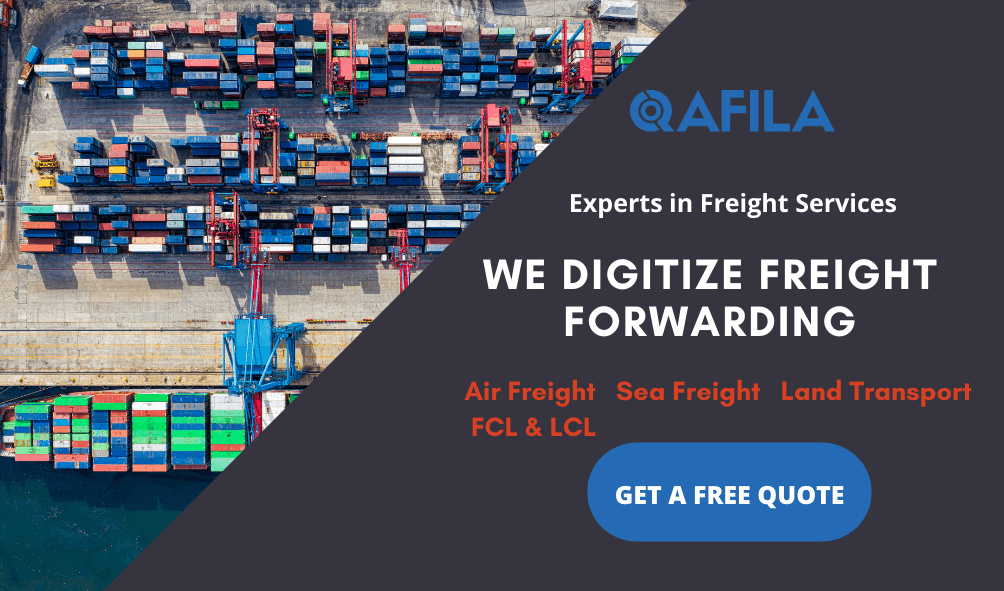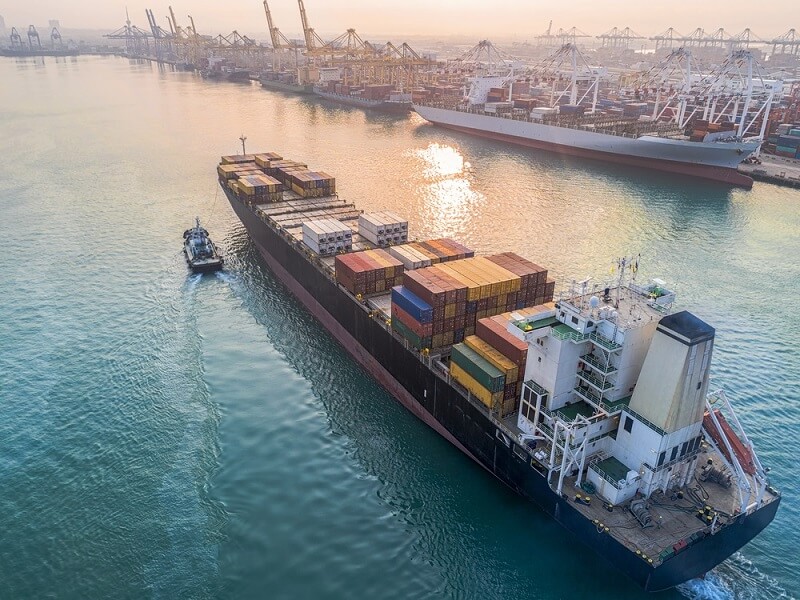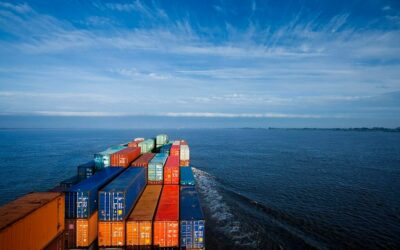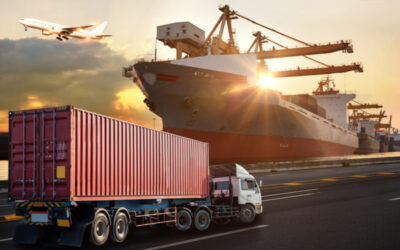An Ultimate Guide About Freight Charges
The process of shipping your goods from one location to another is a bit more complicated than you would imagine. The major cause of concern is the freight charges that get imposed on the goods that you are sending to your buyers. Here is all the freight-related information that you need to know about before you decide on transporting your cargo.
Table of Contents
What is the Freight Charges?
The charge that gets levied to deliver cargo from its location to its destination by any carrier is known as freight charges. The freight charges depend on the kind of transportation that you select for the transportation of your goods. The total weight of the goods is also taken into account while calculating the freight charges. You can select to transport your freight on ship or airplanes among other modes.
The distance that the goods will travel is a major contributing factor of freight charges calculation. For calculating freight charges, dimensional weight sometimes gets used. While calculating the dimensional weight, the volume of the transporting goods gets considered along with its weight. The reason for taking the volume into account is to evaluate the space that the freight will take up in the transporting mode.
Among the different Types of Freight Charges, the prevalent type is the consignee collect. It means that the person who requires these goods to get transported is the one who pays for these charges. It means that you are only responsible for packing and sending the goods to its destination and not worrying about other things like paying taxes and custom declarations.
What is Freight Terms?
The following are the list of freight terms that will help you to understand the nuances of the shipment in a better way.
- Carrier-
Anybody who does the business of transportation of cargo can get termed as a carrier. They can be any individual corporation. - Consignor-
The business or person who initiates the shipment is known as the consignor. They are also known as the shipper. - Consignee-
The business or individual who receives the goods that are shipped is known as the consignee. - Contract-
It is the legal document between the two parties specifying the process of shipment of the freight. - Containers-
It is the thing within which the goods are packed. - Waybill-
It is a document that carries information about shipper, consignee, freight weight, charges, and who pays those charges. - Accessorial Charges-
These charges are not part of the distinctive transportation services and get imposed for services liftgate, residential, inside deliveries, and other such services. - Bill of Landing-
It is the contract that exists between the carrier and the shipper. It contains the terms of the agreement, information about the freight, its shipper and consignee. - Arrival Notice-
It is the notice that a consignee receives upon the arrival of the freight at its predetermined location. - Bonded Warehouse-
It is the warehouse that a country’s Treasury Department has approved off and where the goods are stored under bond till all its duties get paid. - Freight Bill-
This is a common shipment document for the carrier. This document contains information about the freight, the rates, total charge, and shipment terms. - Gross Weight-
It refers to the freight weight with its packaging.
It refers to the weight of the truck, along with its contents. - Classification-
It is used to assign the charges of the shipment. It depends on the size, value, and density of the cargo. It is to be done properly to get a precise freight quote. - Overcharge-
It arises if the charge becomes higher than the contracted amount. - Claim-
If goods get damaged or lost while it is with the carrier, a claim can get filed requesting the payment for the damages from them. - Collect Terms-
It states that freight charges are the responsibility of the consignee.
What is Third Party Freight?
The Third Party is one of the Types of Freight Charges where a third party company that pays for the freight charges instead of the consignee or the shipper. This option becomes very useful when the order becomes complicated or the consignee, be it an individual or a business, lacks the necessary experience.
Types of Freight Charges
The following are the different Types of Freight Charges.
- Consignee Collect
- FOB Destination
- FOB Origin
- Prepay and Add
- FOB Origin and Freight Prepaid
- FOB Destination and Freight Collect
- Cash on Delivery
- FOB Destination, Freight Collect, and Allowed
- FOB Origin, Freight Prepaid and Charged Back
Here are the detailed explanations of all types of freight charges that are mentioned above.

- Consignee Collects
The consignee or the buyer pays for all the charges once they get the delivery. The responsibility of custom declaration, which is the statement that shows that goods get imported, lies with them. They will also have to fill out forms and file necessary taxes. - FOB Destination
Here the payment of the freight charges is paid by the shipper once the title for goods goes through the dock of the consignee. The charges of the freight get paid before it is shipped. - FOB Origin
FOB or Free on Board implies that it is the supplier pays for the shipping cost up till a specific destination after which it becomes the responsibility of the buyer. It will be the buyer’s responsibility if the goods get damaged in any way. The same rule gets applied for the consignee. They are responsible for the freight. - Prepay and Add
In this situation, the payment of freight gets borne by the shipper and later collects it from the customers. This option works if the customer-shipper relationship is good. It will not be a problem for the shipper to get better deals, a feat impossible for customers to achieve. - FOB Origin and Freight Prepaid
This system bear similarity with the FOB Origins as the consignee is responsible for the freight; only the shipper pays necessary local charges. - FOB Destination and Freight Collect
The consignee gets the title for goods and also pays for all charges. - Cash on Delivery
Once the goods are delivered, the freight charges get collected by the carrier; they get reimbursed by the shipper after submitting it to them. - FOB Destination, Freight Collect, and Allowed
Once the goods reach the destination, the consignee is required to pay the freight charges along with the local charges to carrier. The risk and responsibility fall on the consignee to pay and settle all the charges at destination. - FOB Origin, Freight Prepaid and Charged Back
In this system, the responsibility of the freight lies with the consignee, while the charges for the freight are paid by the agent of the consignee at the origin. The shipper later sends an invoice to the consignee for the charges paid for the freight.
What is Shipping?
Goods being transported through land, air, or water is known as shipping. It can be either non-commercial or commercial shipment. It is the process of moving a product from one pre-selected point to other with the help of shipping or a transport company. The cost required to get the good from one point to the other is known as Shipment Charges. Depending on the size of the product, you will have to decide whether it is suitable for Freight Shipping or Parcel Shipping.
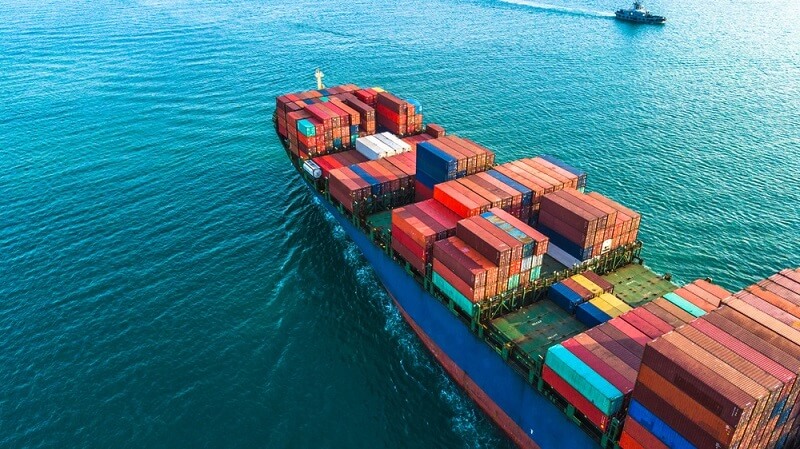
The payment for Shipment Charges gets negotiated between buyer and seller. The buyer can pay the Shipment Charges directly to the shipping company if both parties agree on it.
There are two major kinds of Shipment Charges. These are landslide cost and ocean cost.
Ocean cost divides into many categories, such as:
- Ocean Freight
- Destination Arbitrary
- Peak Season Surcharge
- Emergency Risk Surcharge
- Low Sulphur Surcharge
- Currency Adjustment Factor
- GRI – General Rate Increase
Landslide costs get further subdivided into rail, customs, documentation, and port. The costs included in these categories are:
- Terminal Handling
- Cartage
- Tri-axle
- Documentation Fees
- Chassis Usage
- Delivery Order Fee
- Railage
- Wharfage
- Customs Brokerage Fee
Comparison Between Freight Charges and Shipping Charge
Both freight and shipping mean to transport the bulk of goods from one place to another. But freight generally denotes to moving goods of a larger quantity, whereas shipping generally means moving goods of a smaller quantity. If you compare Freight Charges vs Shipping Charges the shipping charges are higher than the freight charges because a large number of goods get transported at a cheaper cost than goods of a smaller amount.
If a comparison is drawn between Freight Charges vs Shipping Charges, it shows that there are different types of freight charges that will relieve you from the stress of freight shipping. There is the service option of consignee collects, third-party services, FOB Origins, FOB Destination, cash on delivery, etc. for the shippers to charge consignees and carriers for delivering the freight. The shipping charges, however, are pre-negotiated between the buyer and the seller. The seller can take the help of courier services to bring down the cost of shipment.
